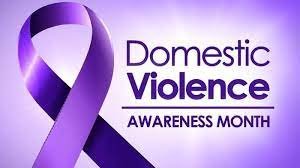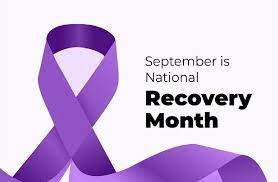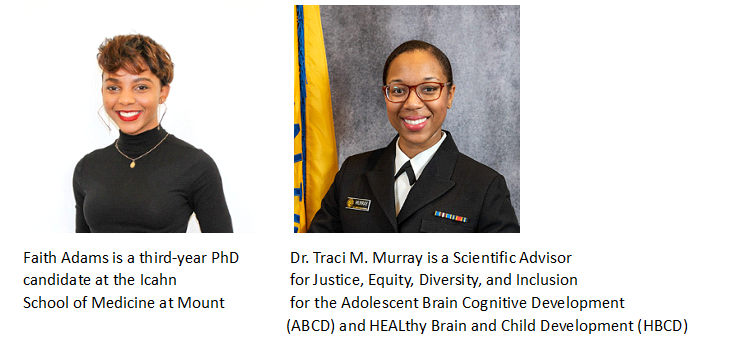By Donald Gunther and Mark Sanders
An emergency room social worker from an African American community was distraught as she shared the story of an African American man who survived an overdose as he was rushed to the ER in the nick of time! He was accompanied to the ER by four adult relatives and his 10-year-old daughter.
The Social worker educated the family about how to use NARCAN and offered the overdose medicine to the family. All the adults refused NARCAN, and the 10-year-old daughter stated, You can give the NARCAN to me and I will use it if my daddy gets sick again at home.
That story reminds me of the nightmare African American children of parents with substance use disorders have been experiencing the past four decades. In 1986 there was a crack cocaine epidemic which intensified the War on Drugs. Some called it a war on African American men as so many were incarcerated and received felony convictions, in some instances for possessing minute amounts of cocaine. Thousands of African American children were now living with fathers behind bars. The next fastest growing population behind bars were African American women/mothers with substance use disorders.
In 1993 I had an African American client who was incarcerated at cook county jail for possession of a small amount of crack. She was pregnant and delivered her baby at Cook County hospital with her hands and feet shackled to the bed. Following the delivery, she was escorted back to jail by male guards, who incidentally were in her room during delivery. Her newborn was immediately taken by caseworkers into the child welfare/foster care system. I have spent 4 decades wondering about the impact of that delivery on the child. These draconian methods were repeated throughout the country.
While advocacy measures were put in place to address the before mentioned disparities and practices, the needs of the children have primarily gone ignored.
This two-part blog series is written by Donald Gunther, a Certified Connecticut Community Addiction Recovery Coach Professional Facilitator and a Georgia Certified Mental Health Peer Specialist and Mark Sanders, Founder, Museum of African American Addictions, Treatment and Recovery. They both are adult children of fathers with substance use disorders. In part 1 they each share their story with the hope that readers will be inspired to facilitate their own healing and help African American children of parents with substance use disorders heal as well. Part II will include their recommendations to help African American children of parents with SUD thrive!
Donald's Story
My father was a War World II veteran who suffered from PTSD. His traumatic experiences would be the cause of our ACE’S. These adverse childhood events would teach us how to promote surviving in silence. Ironically, history reveals that in our early wars soldiers were given alcohol to cope with the trauma of war. Thus, my father returned home a hero with an alcohol use disorder. Thus, I am what is known as an ACOA, an adult child of an alcoholic. My father was a great man who raised ten children along with my mother. We were traumatized by my father’s trauma and alcoholism. My father had PTSD. I developed Complex Trauma (multiple layers of trauma), dealing with my father’s PTSD, addiction, and poverty, growing up in New York City with no hot water or bathtub, and no heat in the winter. Metaphorically, my silence would not be heard until five decades later when the consequences of being emotionally neglected became the root cause of my behavior and beliefs of myself. Silence would be the beginning of my underlying conditions (Codependency 101).
Mark's Story
Donald, I really relate to your childhood trauma. I feel like my four siblings, and I came out of a war too! My mother left my father when I was in third grade and that was traumatic! A year later she married my stepfather, who moved in with us from the battlefield, Stateville Penitentiary. We later learned that he was incarcerated for drug related crimes. He would beat our mother in front of us and my mother would beat us in front of each other. As war veterans described, we were walking on eggshells. It always felt like a bomb could explode at home at any moment. My mother took care of my stepfather. He ultimately died of an opioid overdose. I have carried the residue of that experience for decades.
The Good News!
The research says that 75% of children of parents with substance use disorders do quite well! The resilience which comes from being an ACOA can lead to great achievement. Presidents Ronald Reagan, Bill Clinton and Barack Obama are all ACOA's.
We both believe that growing up as COA's has contributed to our resilience and life purpose, to help individuals and families recover! In Donald's words, I am processing my pain, which has led me to my purpose.
Conclusion
While the majority of children of parents with substance use disorders do well in a racialized society, African American COA's disproportionately get expelled from school, attend alternative schools and wind up in the criminal justice system. In essence, their pain is more likely to be punished. It is our hope that you compassionately help these young people soar.



















